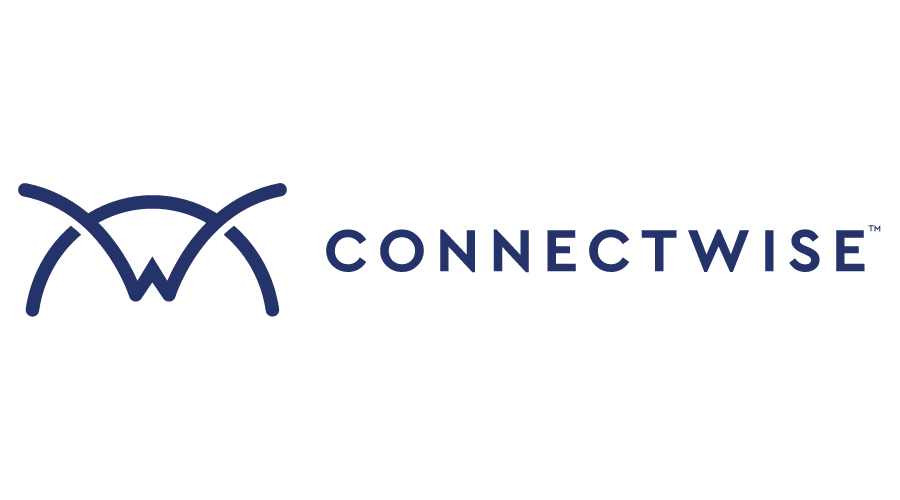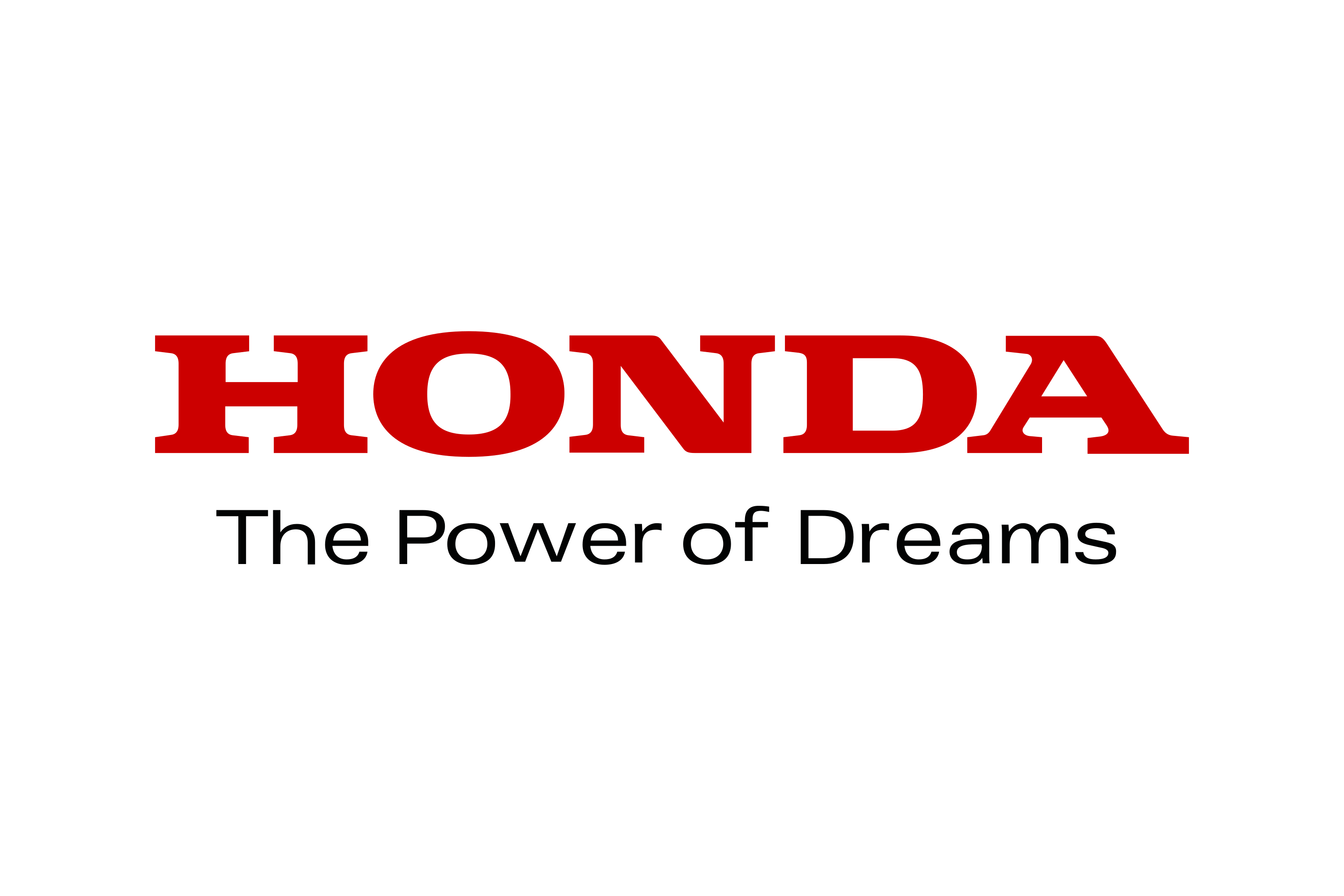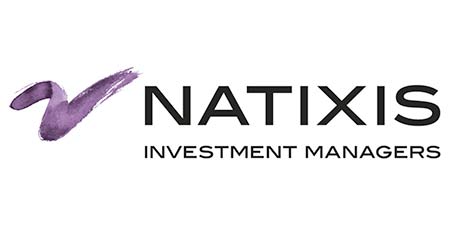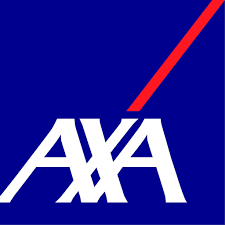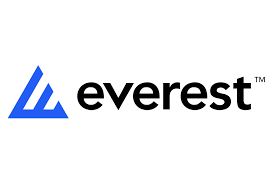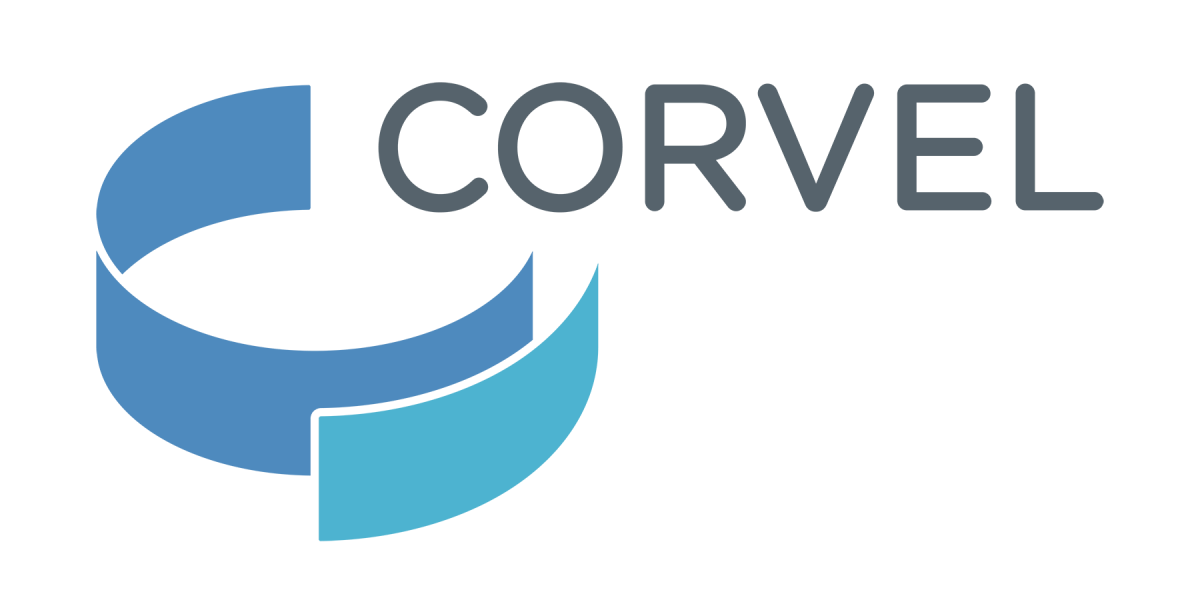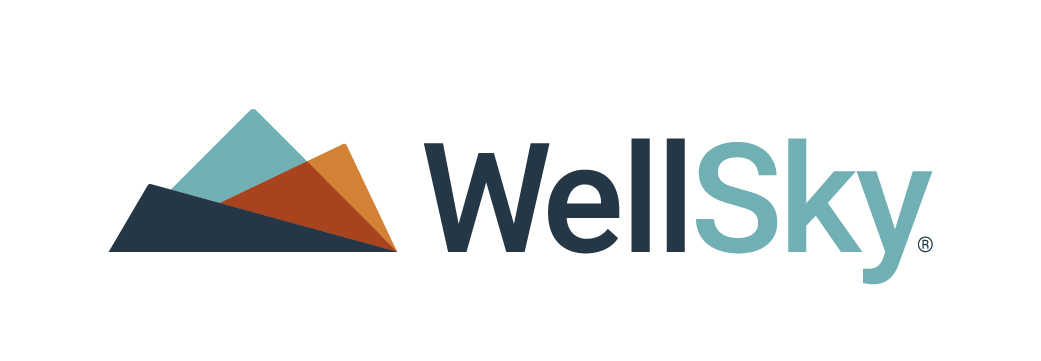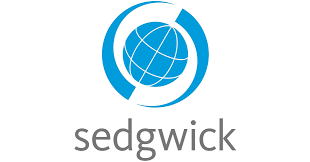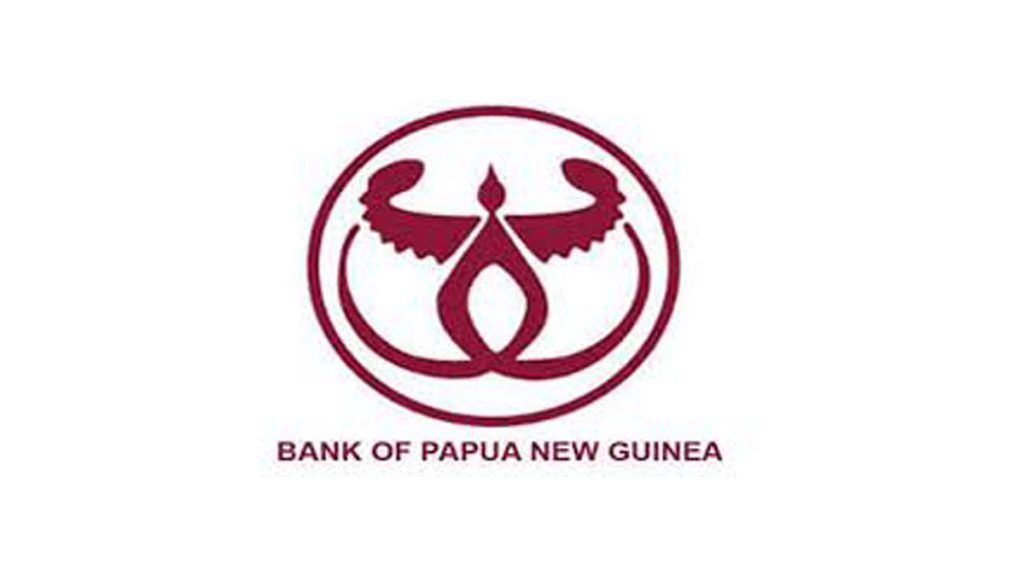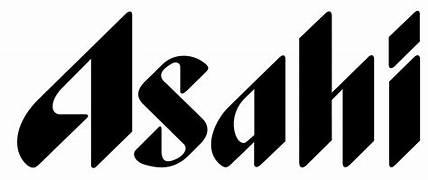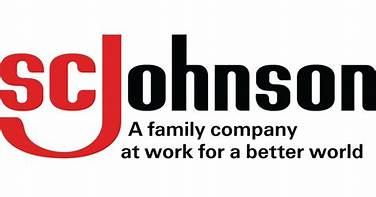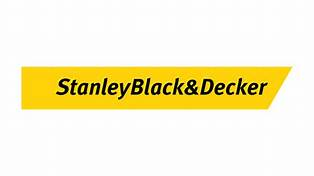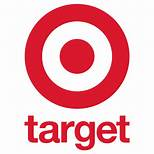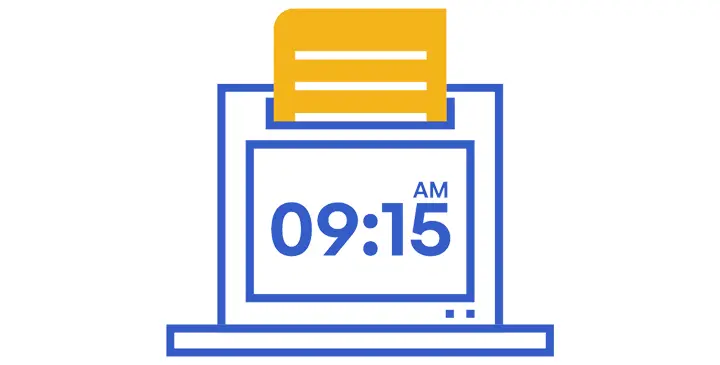
Secure, Computer-generated, Time-stamped Audit Logs
Get full trackable observability of all information shared internally and with first and third parties in GxP regulated processes. Ensure the integrity, protection, and control of the electronic record centrally across email, file and folder share, file transfers, web forms, and APIs with one platform.
Get Ultimate Control Over Who Accesses Your Data
Kiteworks is a single-tenant hardened appliance that ensures no shared data resources as with multi-tenant systems. With this approach, customers get the highest level of security and control over who can access the sensitive information, when, and why. Not even Kiteworks can access the data as only customers control the decryption keys.
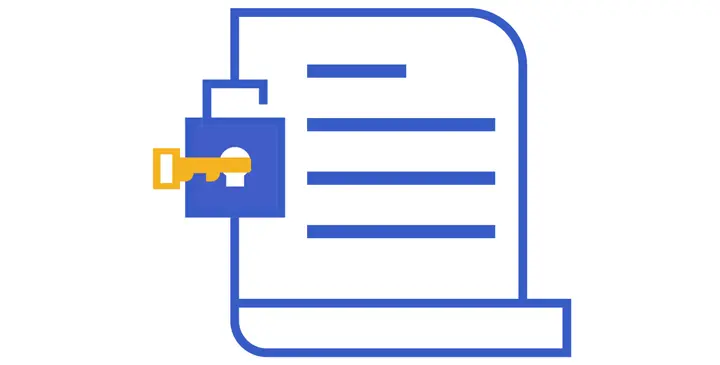
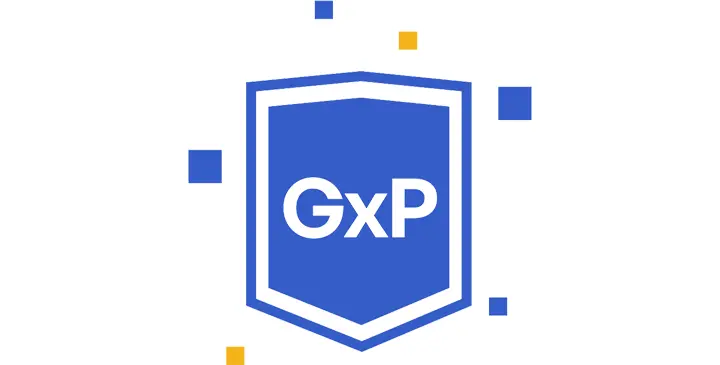
Fully Secure Hardened Appliance
Consider the security requirement as outlined by GxP regulations to be rock solid, with Kiteworks. With an embedded WAF, several intrusion detection systems, antivirus, always-on bug bounties, and the best DevSecOps practices in place, Kiteworks is one of the most secure data repository and data exchange systems in the market.
Detect Behavior Anomalies to Hold Users Accountable
With Kiteworks’ built-in anomaly detection engine, you can be sure that suspicious user and content behavior is identified and alerted. And with native integrations to industry-leading SIEM technologies, the alerts can be part of normal SOC operations.

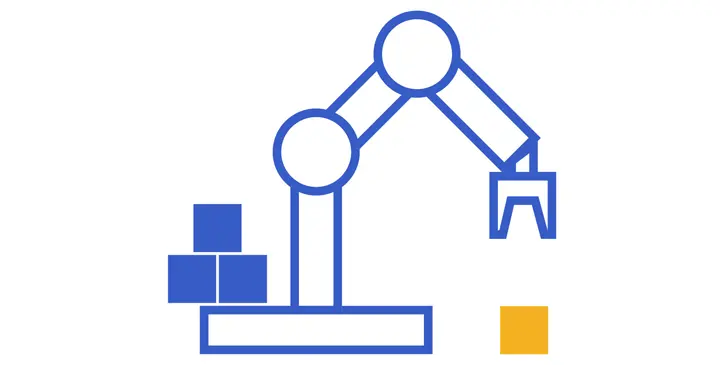
Categorize, Classify, and Tag All Data, Centrally
No matter the communication channel used in Kiteworks, centrally manage what data asset is grouped and classified using document types, user and folder access, metadata, and more to ensure only those who need to send, share, save, and receive can—and prove it.
Create, Collaborate, Review, and Approve With Ease
Foundational to the Kiteworks platform is secure collaboration with file and folder share, and with Microsoft 365 integrations, creating, editing, and reviewing documents centrally is a click away.
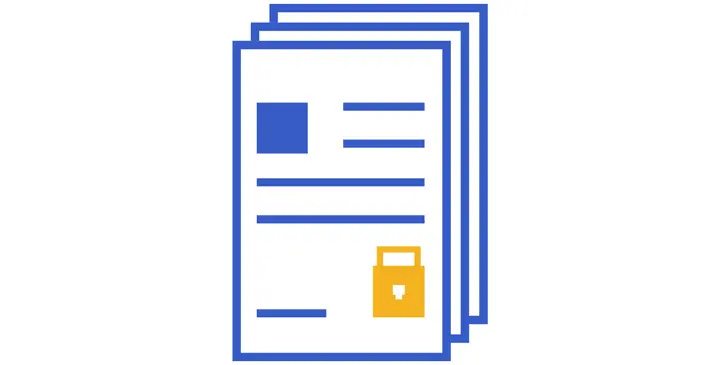
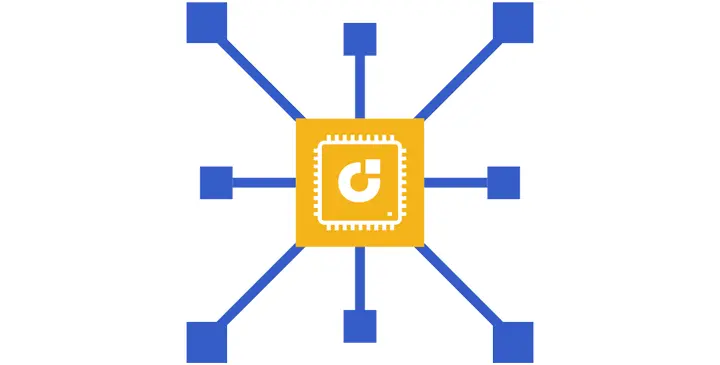
ALCOA+ Principles Active by Design
Kiteworks ensures the integrity of the data you store and communicate by following the principles that define best practice guidelines and methodologies for good data management. Kiteworks customers can be sure to avoid regulatory citations for data integrity issues that would apply to data within the Kiteworks Private Data Network platform.
Frequently Asked Questions
GxP compliance refers to the set of guidelines and regulations that pharmaceutical, biotechnology, and medical device industries must comply with to ensure that their products are safe, effective, and of high quality. The term “GxP” stands for “good practice,” and includes a range of guidelines and regulations such as Good Manufacturing Practice (GMP), Good Laboratory Practice (GLP), Good Clinical Practice (GCP), and Good Distribution Practice (GDP).
Data tracking is essential in GxP compliance because it allows organizations to manage and control the flow of information related to product and service quality. Data tracking ensures that critical data, such as test results, reports, and procedures, are accurately documented, stored, and retrieved when necessary. Data tracking also helps organizations to comply with regulatory requirements for documentation, reporting, and record-keeping. Effective data tracking requires the use of appropriate tools and technologies, such as document management systems, electronic signatures, and version control.
Best practices for data tracking and control in GxP compliance include: developing and implementing robust document management systems that ensure accurate and timely tracking of critical information; establishing clear and well-defined procedures for change control, deviation management, and nonconformance handling; and finally, providing comprehensive training and support to staff to ensure they understand and comply with GxP regulations and guidelines.
GxP compliance is essential in ensuring the quality, safety, and efficacy of products and services related to human and animal health. Data tracking and control are crucial aspects of GxP compliance, and in order to comply, organizations must implement best practices to manage critical information effectively. The benefits of GxP compliance in data tracking and control include: improved quality and safety of products and services related to human and animal health; enhanced regulatory compliance and reduced risks of fines, penalties, legal actions, and reputational damage; increased efficiency and effectiveness of processes and procedures relatedto product and service quality; better management and mitigation of risks associated with deviations, errors, and nonconformances; and improved customer confidence and satisfaction, leading to increased sales and revenue.
The GxP risk assessment is a process used by organizations to identify and monitor potential risks associated with Good Manufacturing Practice (GMP), Good Distribution Practice (GDP), and Good Clinical Practice (GCP). This assessment helps organizations ensure that their processes and practices are compliant with GxP compliance regulations and standards. The assessment will analyze the various aspects of the organization’s operations and processes, such as training, equipment, materials, and records, and determine whether they comply with GxP regulations. GxP risk assessment also examines the potential risks associated with the organization’s daily operations and identifies any potential noncompliance risks. The assessment is a comprehensive and systematic approach to identify and mitigate potential risks in order to minimize business disruptions, minimize financial losses, and maintain product quality and safety.
FEATURED RESOURCES
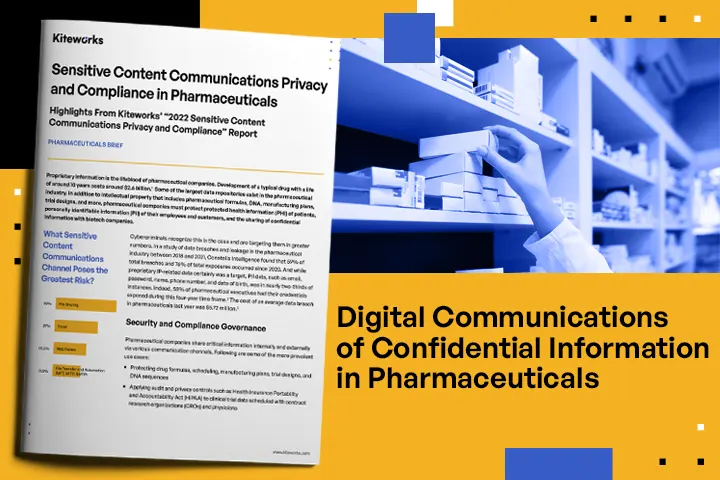
Sensitive Content Communications Privacy and Compliance in Pharmaceuticals
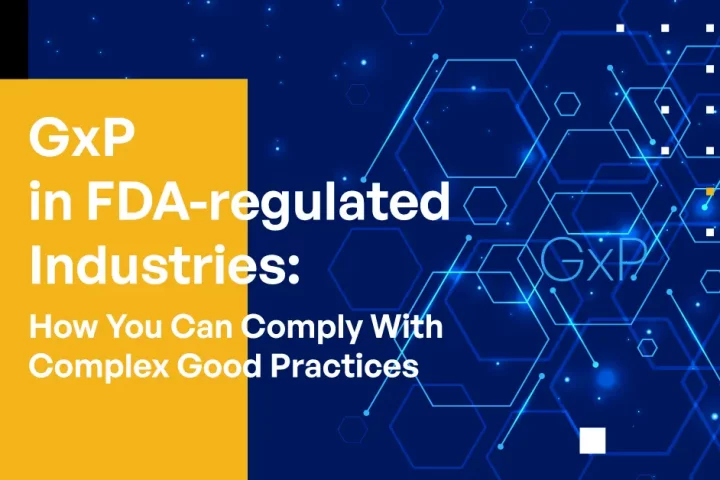
GxP in FDA-regulated Industries: Comply With Complex Good Practices
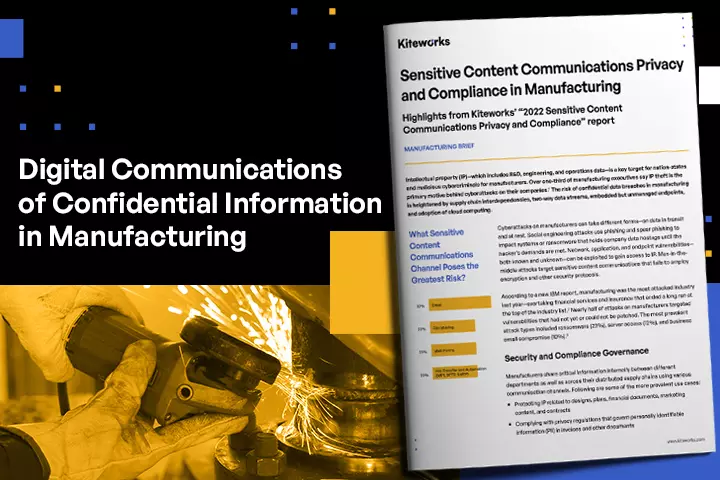
Sensitive Content Communications Privacy and Compliance in Manufacturing
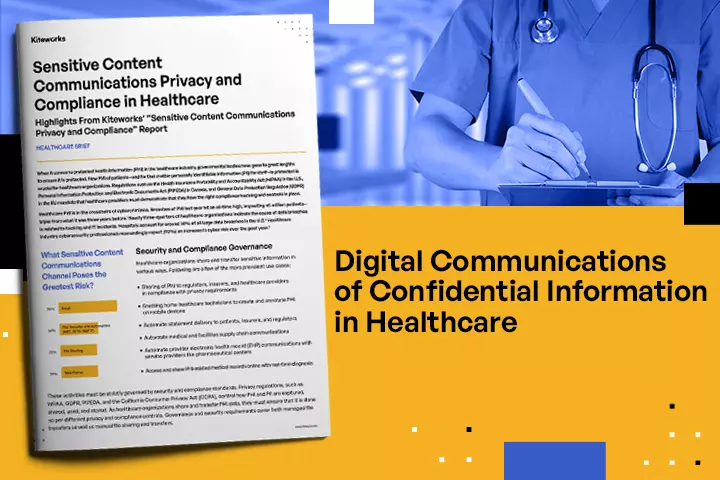
Sensitive Content Communications Privacy and Compliance in Healthcare

FedRAMP Private Cloud: The Gold Standard for Sensitive Content Communications

2025 Forecast Report for Managing Private Content Exposure Risk
IT, SECURITY, PRIVACY, AND COMPLIANCE LEADERS AT THOUSANDS OF THE WORLD’S LEADING ENTERPRISES AND GOVERNMENT AGENCIES TRUST KITEWORKS
